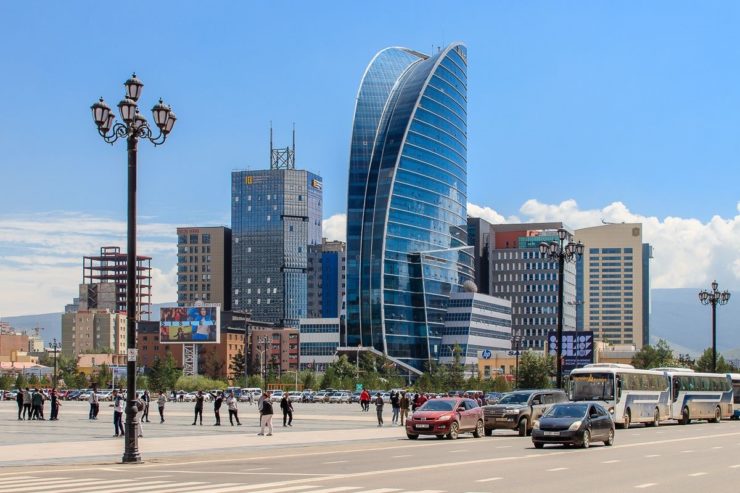
In mid-2023, as part of its preparation of the country’s 2024 budget, Mongolia’s Ministry of Finance prepared a number of documents containing assessments of national economic development prospects for the next three years. These documents, which are available on Mongolia’s impressively comprehensive official database, allow observers to assess the Mongolian government’s views on their country’s development potential.
The most important indicator of Mongolia’s economic development is undoubtedly the growth in its GDP. In 2024 the Mongolian government expects economic growth to reach 7%, the highest rate in recent years, followed by a slowdown to 6.5% in 2025 and 5.5% in 2026. These figures are very promising, and noticeably ahead of the global average, but a number of factors suggest that 2024 may be even better than anticipated. In particular, according to respected experts who analyzed the growth of copper prices on the London and Shanghai Metal Exchanges at the end of 2023, the price of copper is likely to increase significantly this year (from 55 to 75%). Copper has consistently been one of Mongolia’s top three exports, both in terms of export volumes and production growth. The growth forecasts for Mongolia’s economy were calculated prior to the publication of the above analysis announcement and are based on a much more modest price rate ($7,300 per ton instead of the current futures prices of $8,500-$9,500). Nevertheless, the estimates of Mongolia’s Ministry of Finance are slightly more positive than those of the World Bank, which predicts a growth of 6.2% in 2024. It should be noted that the very successful year of 2023 ended with a growth rate of 5.8%.
It is realistic to assume that in the following years the growth in the economy will slow down – after all, the growth in 2023 and 2024 can be seen as the fruit of a post-coronavirus stabilization, caused mainly by the PRC’s lifting of import restrictions. It was this circumstance that resulted in a significant increase in Mongolia’s mining and mineral exports, and these are now expected to level off. The exceptional growth in the last year is well demonstrated by the fact that in 2023 Mongolia planned to export 52 million tons of coal (its main export commodity) and up to 60 tons in 2025-2026, while in fact its coal exports in 2023 totaled 70 million tons.
Mongolia’s public debt is also expected to increase in absolute terms, while remaining constant relative to GDP. In 2024-2026 it is forecast to increase to 54 trillion tugrik, while remaining at 60% of GDP.
Another significant factor that is worth noting is the expected slowdown in the growth of the consumer price index from 8% per year to 6%. This is seen as favorable for the development of the economy over the coming years. According to the forecasts this decline in inflation will be driven by the country’s large balance of payments surplus, as well as by restrictions on Mongolia’s payments on foreign bonds and the maintaining of external borrowing at the current level.
The predictions for Mongolia’s foreign trade balance are also ambitious: in 2024, exports are expected to grow to $15.4 billion and imports to $10 billion, resulting in one of the best trade balances in 30 years (+$5.4 billion). In particular, the preliminary trade balance for the unprecedentedly successful year of 2023 was about +$5 billion, while trade turnover was several billion dollars lower than the expected 2024 figure. To meet this target, Mongolia will need to mine 1.5 million tons of copper concentrate, 8.4 million tons of iron ore and 20 tons of gold, and produce five million barrels of oil. Most of these figures are well above the 2023 results.
However, the most optimistic forecast relates to Mongolia’s GDP per capita, which it hopes to increase to $10,000 for the period 2024-2027. It should be remembered that in 2023, that figure was only just over $5,000.
In conclusion, the next three years are likely to be very good in terms of Mongolia’s economic development, and the positive trends in the national economy which were so evident in 2023 are expected to continue.
Boris Kushkhov, Department of Korea and Mongolia, Institute of Oriental Studies of the Russian Academy of Sciences, exclusively for the online magazine “New Eastern Outlook”
